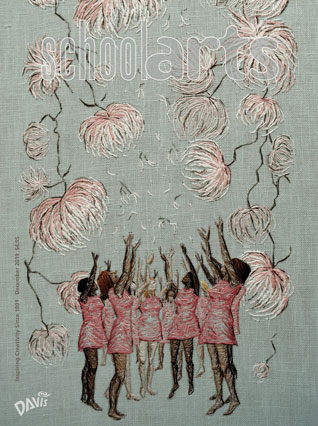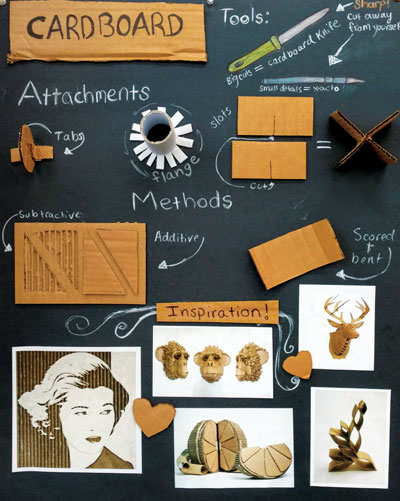
Structure
Art teachers provide lessons for students to build and construct with loose parts and three-dimensional materials. Students create mixed-media STEAM-based treehouses, build 3D mod pod houses from paper, study an outdoor sculpture and create pyramid assemblages, sculpt clay homes inspired by historical American architecture, and more.
Browse This Issue

